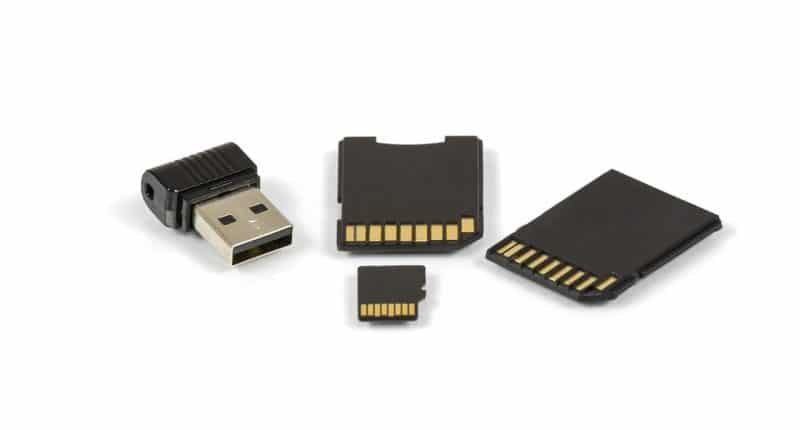Digital files form an integral part of many businesses’ workflows. Unfortunately, storing, managing, and organizing digital files can sometimes become overwhelming to the point it paralyzes daily operations.
If you feel overwhelmed by your company’s digital assets and files, worry not, as investing in a digital assets management (DAM) system can help you solve that problem.
The importance of a digital asset management system
When starting, it is possible to manage your digital assets and files manually. However, as your business begins to grow and your content-based campaigns intensify, you are likely to get yourself in a mess of unorganized or duplicate files on your computer. Accessing a specific file in such a scenario can be a time-consuming and frustrating endeavor.
But there is a solution to the frustration. Investing in DAM software from a reputable vendor such as Brandfolder can help automate storage and keep your files organized. Besides keeping your files organized, Brandfolder DAM tools integrate with other tools to make your existing workflows seamless and boost your company’s productivity.
How to store and manage your digital files as a small company
-
Have a backup for your backup
Having a backup for your backup may sound crazy. But you can never be too careful with your digital files. By now, you will most probably know that one of the most common causes of data loss is a hard drive crash. However, data loss is not limited to hard drive crashes.
To ensure that your data is safe irrespective of any eventuality, ensure that your data is backed up in more than one place and synced regularly to ensure that your backups are continually updated. Cloud storage is an excellent way of ensuring that your data is always safe from all possible destructive elements.
-
File systematically
Computers can save files automatically when prompted to, including choosing which folder a specific file goes to. However, you do not want that if you are managing a business. It would help if you controlled where each file goes for easy retrieval the next time you want to access it.
A good way to do this is by choosing a shared folder for all your business files. Inside the shared folder, create subfolders in a logical and clear hierarchy, with the most frequently used assets being at the top.
Remember, you may also need to have other subfolders within the subfolders. The idea is to keep them as organized as possible to ease access.
-
Control access to files
Your digital business files are sensitive assets that may contain company or client information you want to safeguard. It is therefore essential to ensure that access to these files is on a need-to basis.
You can also classify files according to their level of confidentiality and set user privileges to limit their access. You may also want to implement a multi-step authentication security measure to ensure that your digital file access is controlled.
-
Label your files with metadata
Storing files in the cloud or on an external hard drive is not enough. You need to make sure that your computer can find those files when you need them. The key to this retrieval problem is metadata, which gives information about the file’s content for use by computer programs.
That can be anything from keywords describing what the file is, like “art,” “Rome,” or “October” to an accessible file name, like the campaign for which an image was used. Editing your file’s metadata information with keywords that align with its purpose can significantly improve its identification and retrieval.




